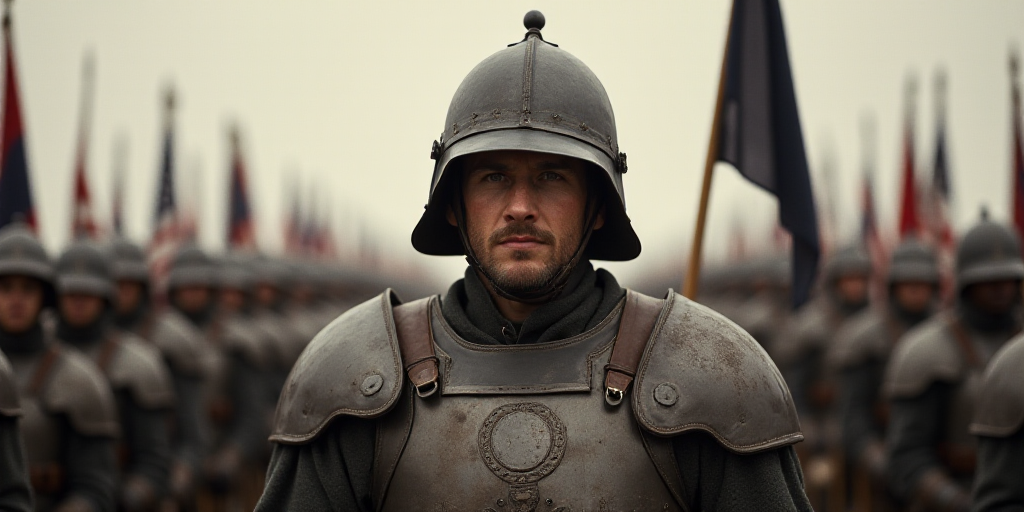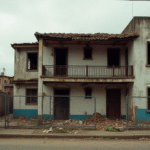Introduction
The deployment of the National Guard in Los Angeles has sparked a debate about President Donald Trump’s powers after he resorted to these units to quell protests against his hardline immigration policies. The National Guard, a reserve force that serves as an “invisible army” under federal but also state control, has recently made headlines once again.
Background on the National Guard
The National Guard, established in the early 20th century with over 400,000 members, has historically been deployed to address severe natural disasters such as Hurricane Katrina in 2005 and the intense wildfires in California earlier this year—with the governor’s approval.
Legal Ambiguity
The deployment of this force, previously used by Trump during George Floyd protests, responds to exceptional cases and cannot be used for general law enforcement duties as per U.S. legislation.
The Insurrection Act outlines the mechanism for activating the National Guard in extraordinary emergency situations, like the January 2021 Capitol assault. However, Trump has invoked a regulation allowing him to assume state powers and convert them into federal ones, enabling the deployment of these troops using Title 10.
Trump’s Actions and Tensions
This move has led to a rapid escalation of tension between California’s governor, Gavin Newsom, and the Trump administration. The administration threatened to detain Newsom and Los Angeles mayor Karen Bass if they obstructed law enforcement agents’ work.
Tom Homan, known as Trump’s ‘border czar,’ suggested detaining local officials for harboring or obstructing the arrest of undocumented immigrants, prioritizing political matters over security.
Legal Challenges and Precedents
California authorities have denounced the federal government’s lack of authority for this deployment and warned of legal action to halt Trump’s actions. Newsom claims Trump is misleading the public and that federal authorities never coordinated with local officials regarding the possible deployment.
Newsom has sent a letter to Defense Secretary Pete Hegseth, requesting him to revoke this deployment and return the authority to “legitimate state control” in California, which will ultimately decide whether to deploy the force.
Legal ambiguity surrounding state and federal deployment makes it unclear whether a lawsuit against Trump will succeed or if he is authorized to activate this mechanism without state mediation.
George H.W. Bush, in 1992, used the Insurrection Act to address Los Angeles riots following the acquittal of police officers in the Rodney King case. Bush defended the jury system despite local dissatisfaction, while then-mayor Tom Bradley requested the National Guard deployment.
In 1965, President Lyndon B. Johnson deployed the National Guard in Alabama to ensure a peaceful civil rights march between Selma and Montgomery. Trump’s recent action makes him the first president since 1965 to order the National Guard deployment without prior state authorization.
Key Questions and Answers
- What is the National Guard? The National Guard is a reserve military force under both federal and state control, typically deployed during natural disasters or emergencies.
- What powers does Trump claim to use? Trump invoked Title 10, allowing him to assume state powers and convert them into federal ones, enabling the deployment of National Guard troops.
- Why is there controversy? The legal ambiguity surrounding state and federal deployment, as well as the lack of prior state authorization for this deployment, has sparked debates about presidential powers.
- What have California officials done? California officials have denounced the federal government’s lack of authority and warned of legal action to halt Trump’s deployment.
- What precedents exist? Previous instances of National Guard deployment include George H.W. Bush in 1992 and Lyndon B. Johnson in 1965, both with prior state authorization.






